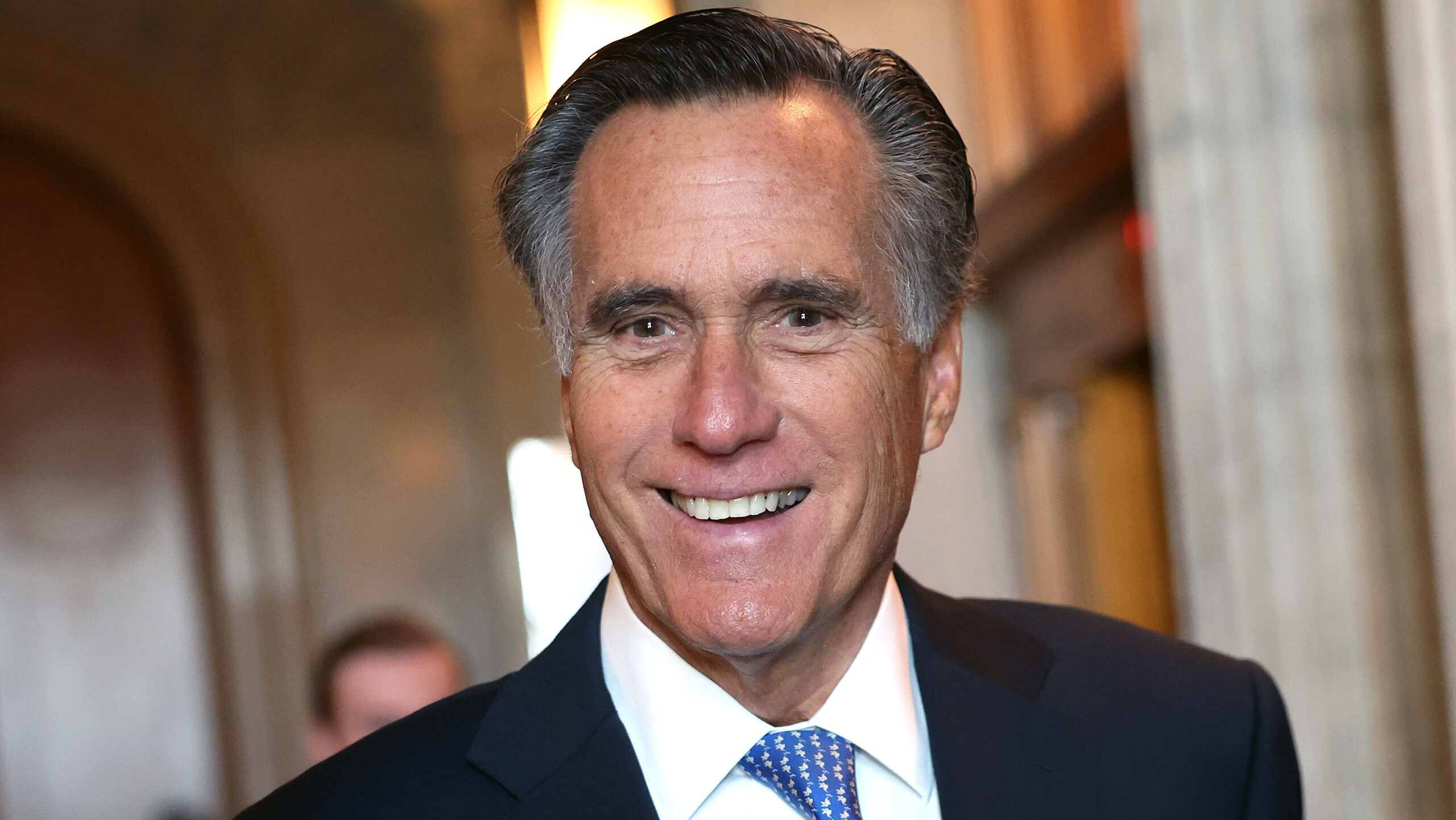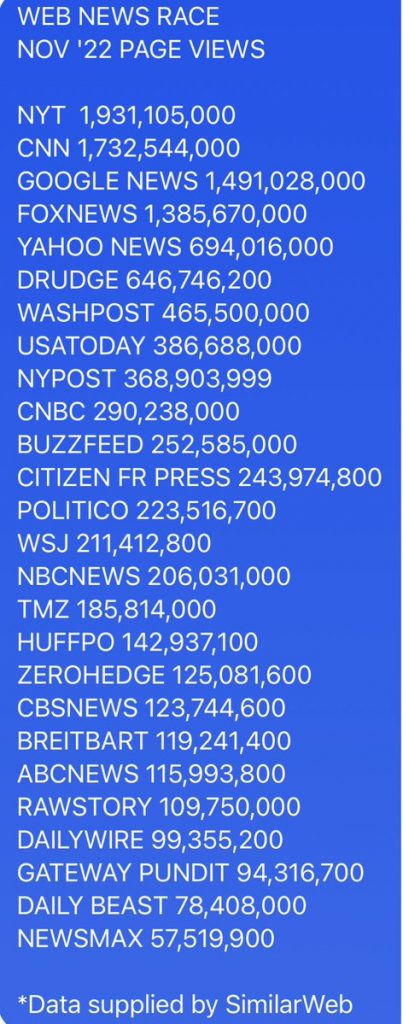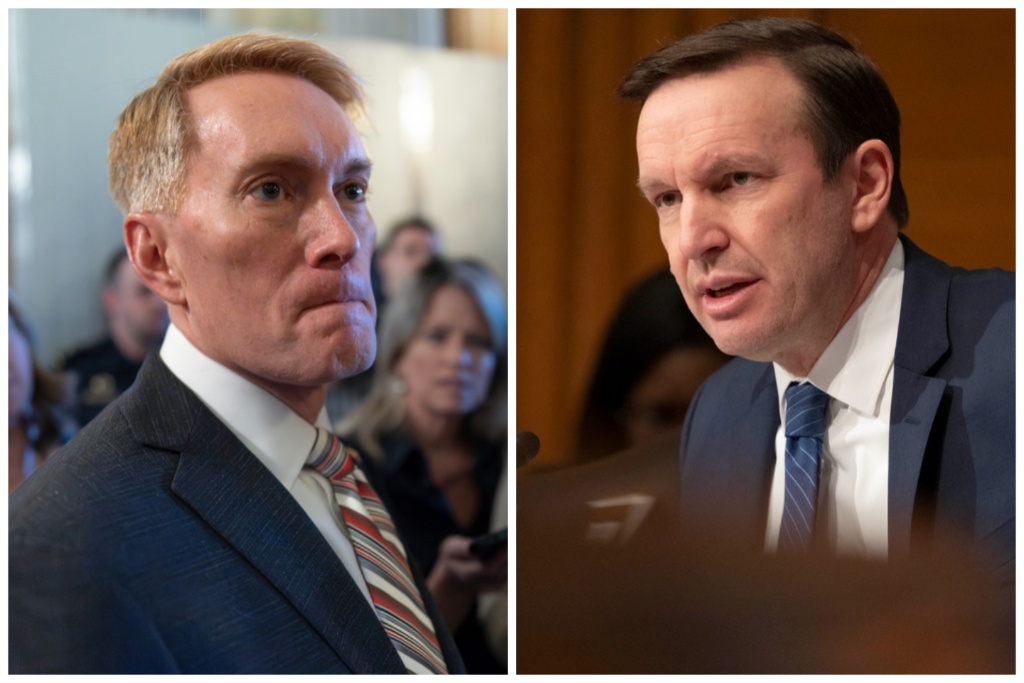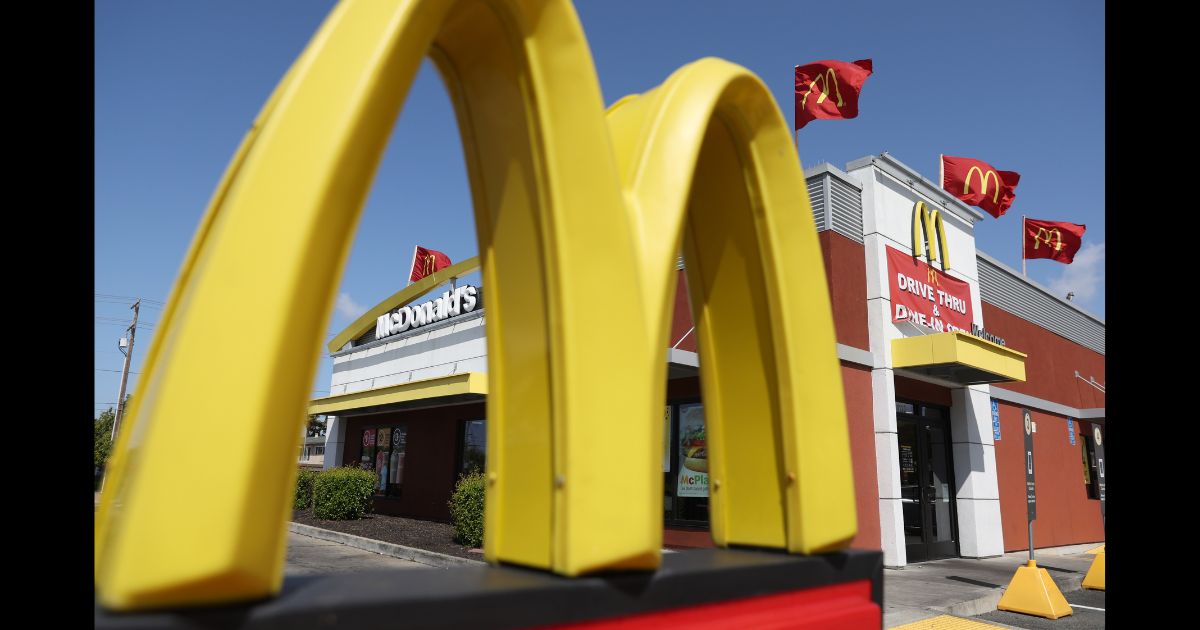When Formula One Flamed Out In Vegas, Fans Got Badly Burned
Last week, as Formula One teams arrived in Las Vegas for that city’s first grand prix in 41 years, I questioned in these pages whether the series’ nine-figure gamble on the Vegas race could go bust. Once cars finally got on track Thursday evening, we awaited an answer.
It took less than 10 minutes to get one.
The debacle saw dangerous safety problems, hours of delays, and a farcical “practice” run in the middle of the night — without any fans present. It added to the spate of negative themes and stories leading up to the race, from months of traffic delays and hassles for locals, to ridiculously expensive prices, to brokers dumping tickets (which had not sold out) due to lack of demand.
The race itself, held late Saturday night and won by Max Verstappen, contained some thrilling moments, as Verstappen had to come from behind to gain his record 18th win of the season. But events earlier in the weekend could mar the Las Vegas Grand Prix for years to come.
Unsafe Conditions
Less than 10 minutes into Thursday night’s first practice, officials had to red-flag the session, halting all on-track activity. Two separate cars — the Alpine driven by Esteban Ocon and the Ferrari of Carlos Sainz — ran over a drain cover on Las Vegas Boulevard (aka “the Strip”), which constitutes the backstretch of the grand prix circuit.
Sainz’s crash, which came at speeds approaching 200 mph, caused a tremendous amount of damage to his car — so much so that after the incident, the pavement was visible from inside the car’s cockpit.
Things only got worse from there.
For starters, Sainz learned that because the damage forced him to go to a backup car and power unit, he would have to take a 10-place grid penalty at the start of the race. In other words, because Formula One didn’t properly inspect and secure the track before practice started Thursday night, Sainz and his team not only suffered a small fortune in damage, but they got penalized for the race itself because the sport’s regulations don’t allow for a waiver or exception for a problem not of Sainz’s doing.
Fans Kicked Out
As one would expect, the damage to Sainz’s car necessitated lengthy delays to the evening’s schedule to allow Formula One to repair the track. Because Nevada law prohibits welding shut manhole covers, the series had to keep them in place with quick-setting concrete.
But examining and fixing the 20-30 spots on the track took over five hours. And because Formula One originally set practice times very late — the “early” practice began at 8:30 p.m. local time — so that European fans eight hours ahead could watch them, the repairs took well into the early hours of Friday morning Las Vegas time.
Excepting the brief few minutes before the drain issues appeared, Thursday’s sole practice didn’t start until 2:30 a.m. local time. And the 90-minute session took place without fans. Spectators were kicked out of the circuit at 1:30 because security staff had to “clock out” due to local labor laws.
ESPN accurately described the end result: “The bizarre spectacle of 20 Formula One cars circulating an empty city in the middle of the night,” a “farcical” outcome by any standard.
Refunds, Anyone?
Despite all the (negative) coverage of Thursday night’s debacle, one word failed to appear: “refund.” It bears repeating that tickets just for Thursday’s practice cost roughly $200 apiece, not counting associated extras (fees, parking, refreshments, potential travel costs, and more). As one astute observer noted, the money those fans spent quite literally went down the drain.
For their money, fans who stayed all evening got a handful of laps before the Sainz incident, followed by five hours of waiting in vain for further on-track action — in some of the coldest temperatures Formula One has raced in — and then a prompt “Go home!” at 1:30 a.m. All this for problems caused entirely by Formula One’s failure to inspect the track properly.
Mercedes boss Toto Wolff attempted to dismiss the complaints as largely irrelevant, in a German accent that only added to his imperious demeanor:
Unfortunately for Wolff, what happened in Vegas — including his arrogant attitude — likely will not stay in Vegas. For starters, in true American fashion, trial lawyers filed a class-action suit against Formula One on Saturday, even before the grand prix itself began.
Black Eye for the Sport
The fact that the race was run at an hour when so few American viewers (including this one) could see it live — the latest ever starting time for a Formula One grand prix — means that fans’ impressions of the race will largely be set by news coverage. (Even the re-air of the race, which aired live beginning at 1:00 a.m. Eastern time Saturday night, didn’t start until midnight Sunday. Really???)
And those news stories will doubtless be framed through the perspective of Thursday night’s fiasco, not to mention the poor mood music leading up to the grand prix. In some ways, the Las Vegas mess harks back to the 2005 United States Grand Prix, where safety concerns about tire wear prompted all but six cars to drop out. The fallout from that event, which saw virtually no on-track passing during a “race,” led Formula One to pull out of the United States shortly thereafter.
So instead of whining and claiming that “nobody watches” practice sessions, as Wolff did, or excusing its negligence by saying “stuff happens” and trying to appease customers with a $200 voucher for (overpriced) merchandise, as Formula One tried, the series should start by 1) giving an actual apology for their screw-up and 2) providing fans who attended Thursday night a full refund. Then, while they’re at it, they should include free or discounted tickets to a race next year as a “thank you” for their commitment.
Giving a rip about the fans — what a novel concept for a sport that has consistently proven itself run by out-of-touch elites.
rnrn
Overtaking Lewis Hamilton on the final lap to take the win, it was overshadowed by the numerous safety concerns and organizational failures. The Las Vegas Grand Prix was meant to be a highlight on the Formula One calendar, but instead it raised serious questions about the decision-making and execution of the event.
The Las Vegas Grand Prix, Formula One’s highly anticipated return to the city after 41 years, proved to be a disastrous event. From safety problems to excessive delays and lack of fan attendance, the race raised questions about the viability of Formula One’s nine-figure gamble on the Vegas race.
The troubles began less than ten minutes into the first practice session when officials had to red-flag the session due to two cars running over a drain cover on the circuit. The incident caused significant damage to Carlos Sainz’s Ferrari and forced him to switch to a backup car and power unit, resulting in a 10-place grid penalty for the race. This penalty, imposed on Sainz for a problem not of his own making, highlighted the failure of Formula One to properly inspect and secure the track before the event.
Furthermore, the delays caused by the track repairs disrupted the evening’s schedule, leaving fans frustrated and disappointed. The lack of attendance at the race added to the negative narrative surrounding the event, with months of traffic delays and high ticket prices deterring potential spectators. Brokers even resorted to dumping tickets, as demand failed to meet expectations.
While the race itself provided some thrilling moments, such as Max Verstappen
" Conservative News Daily does not always share or support the views and opinions expressed here; they are just those of the writer."





